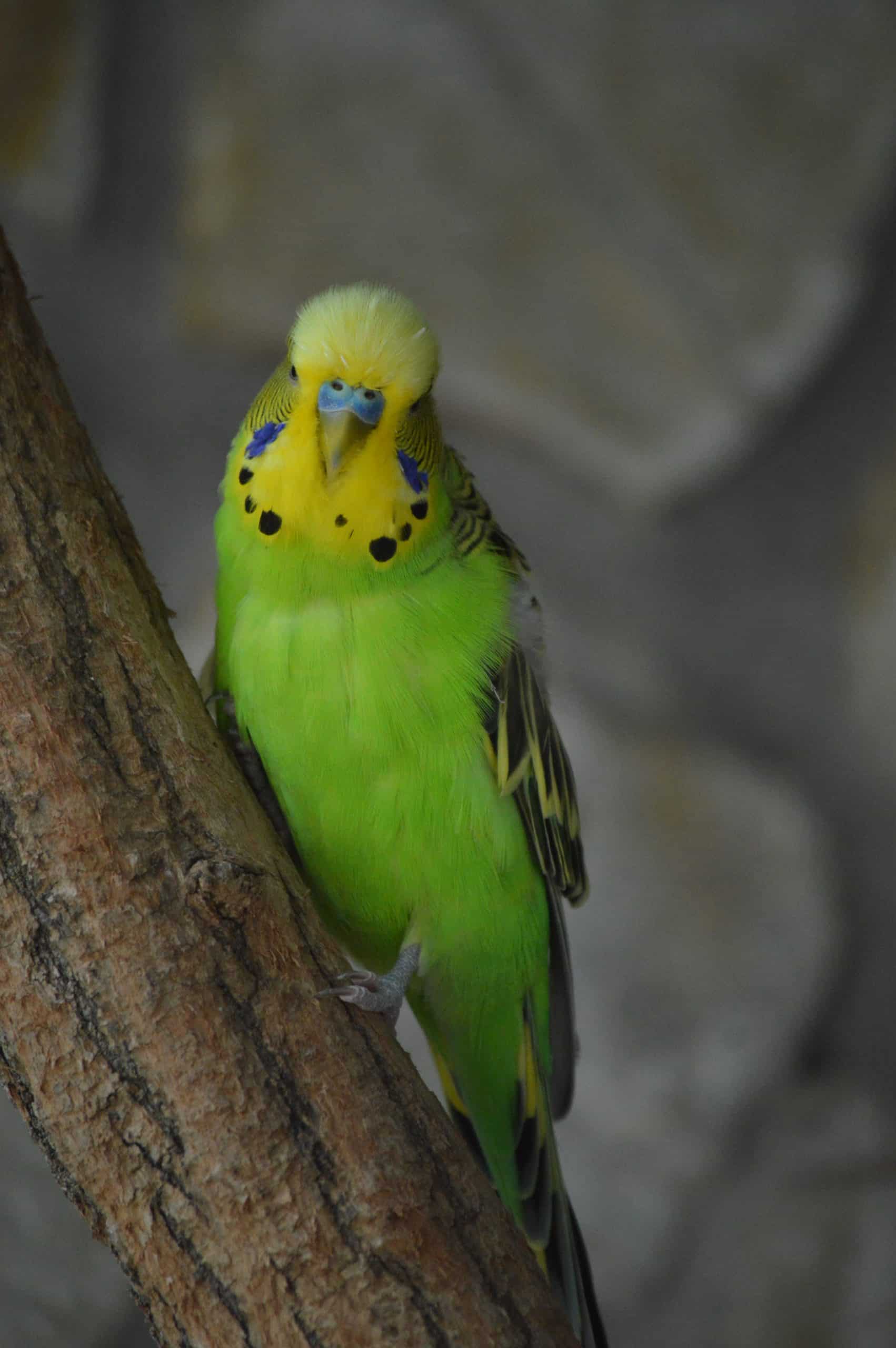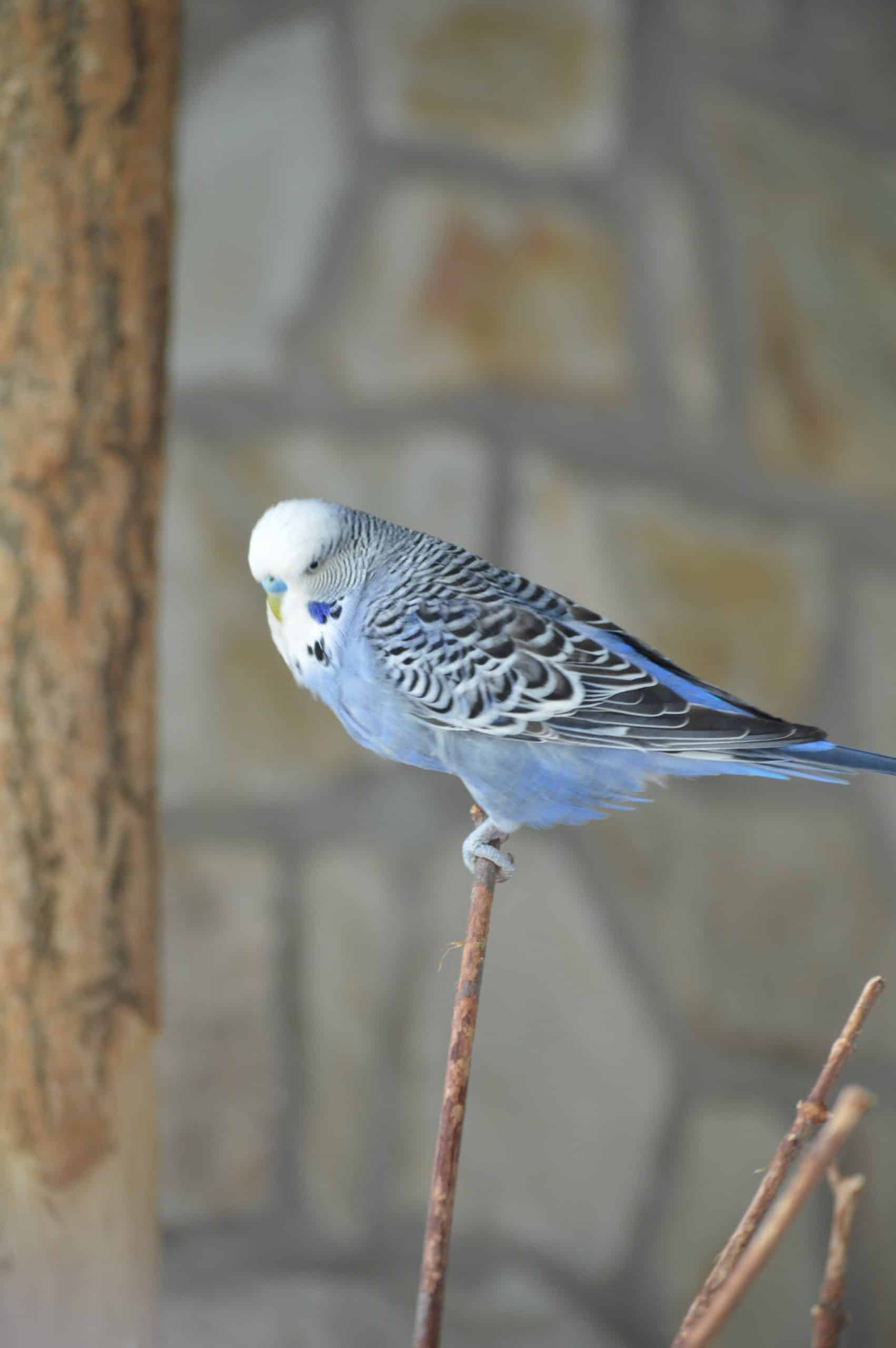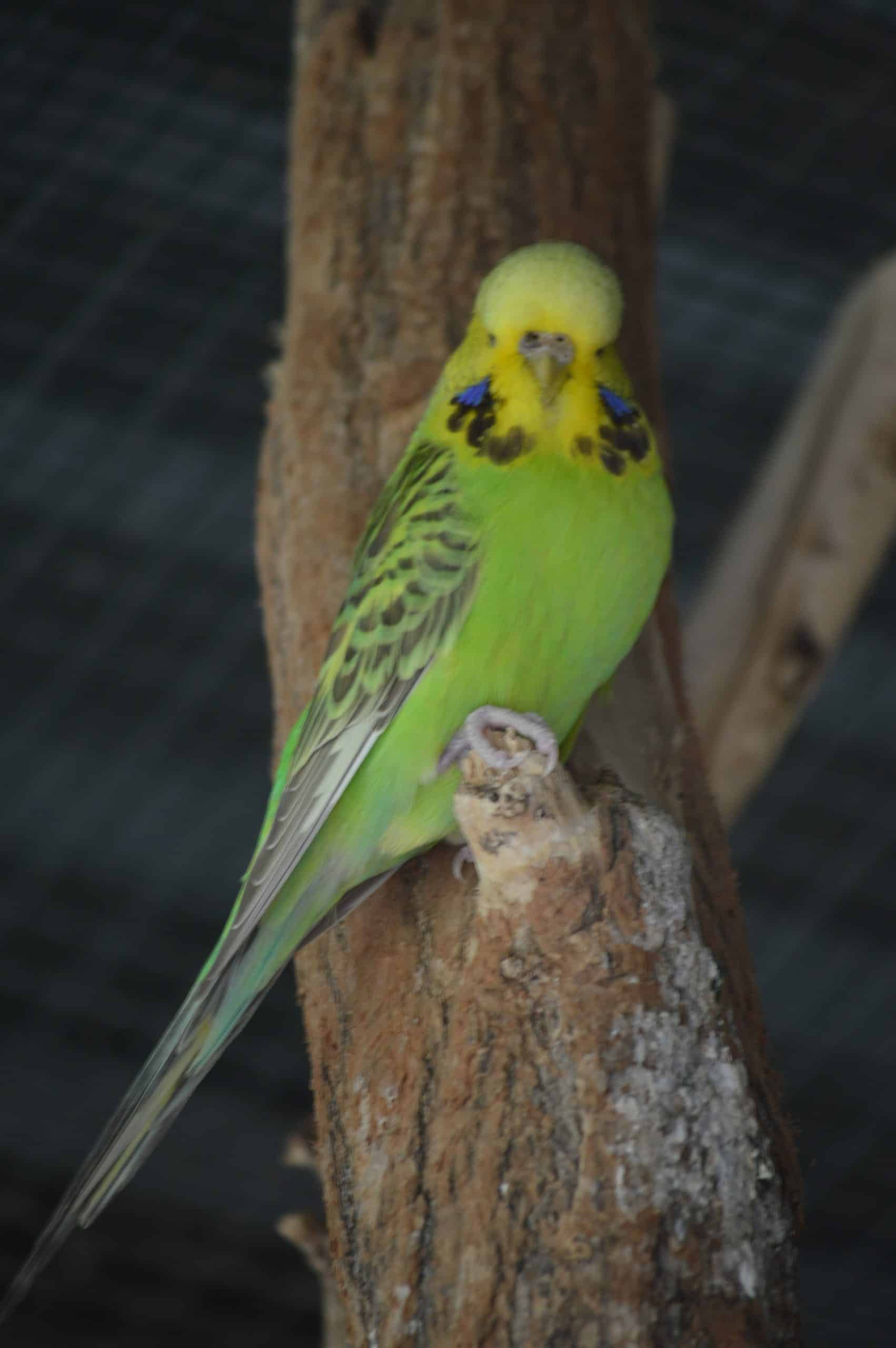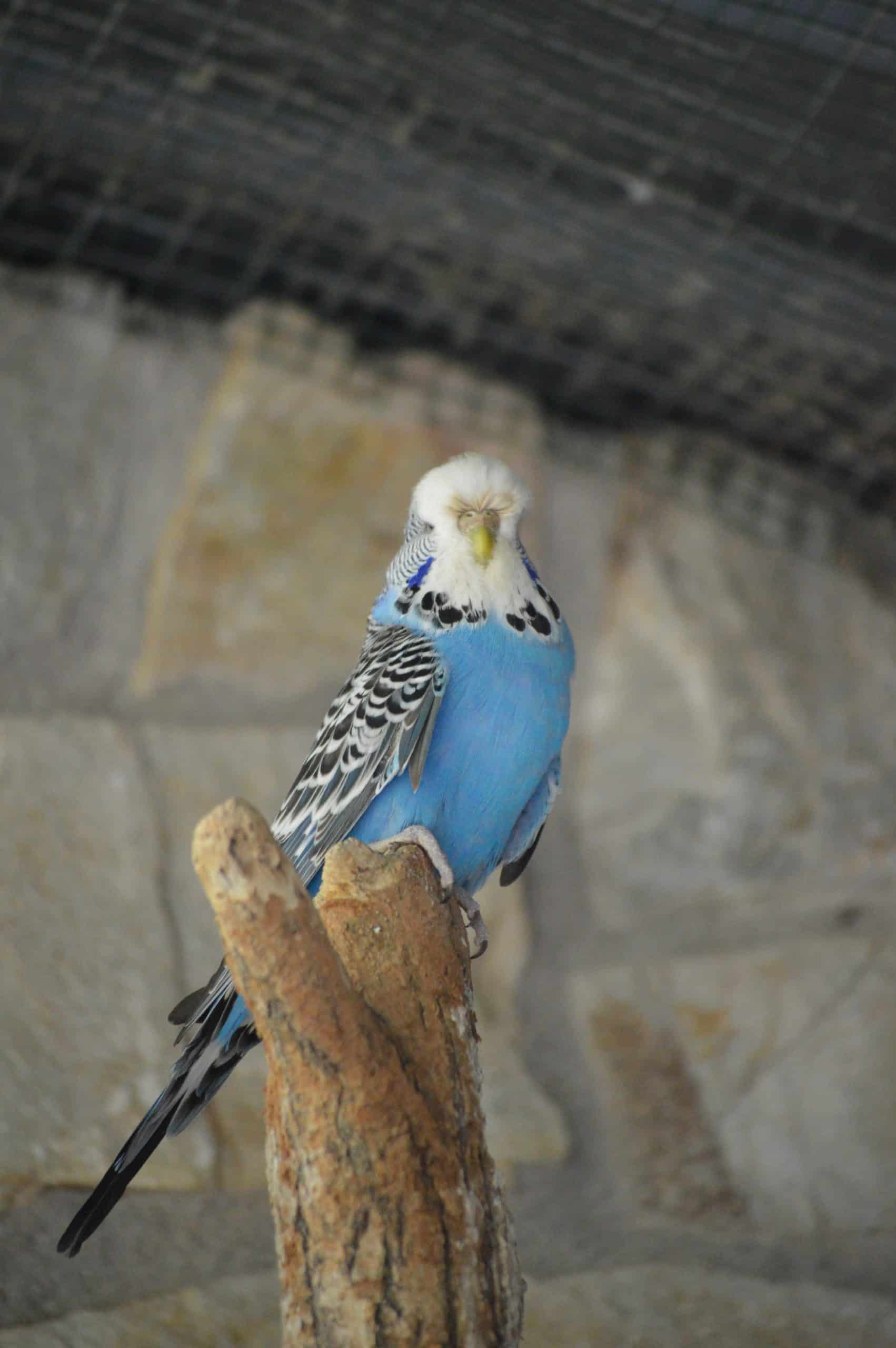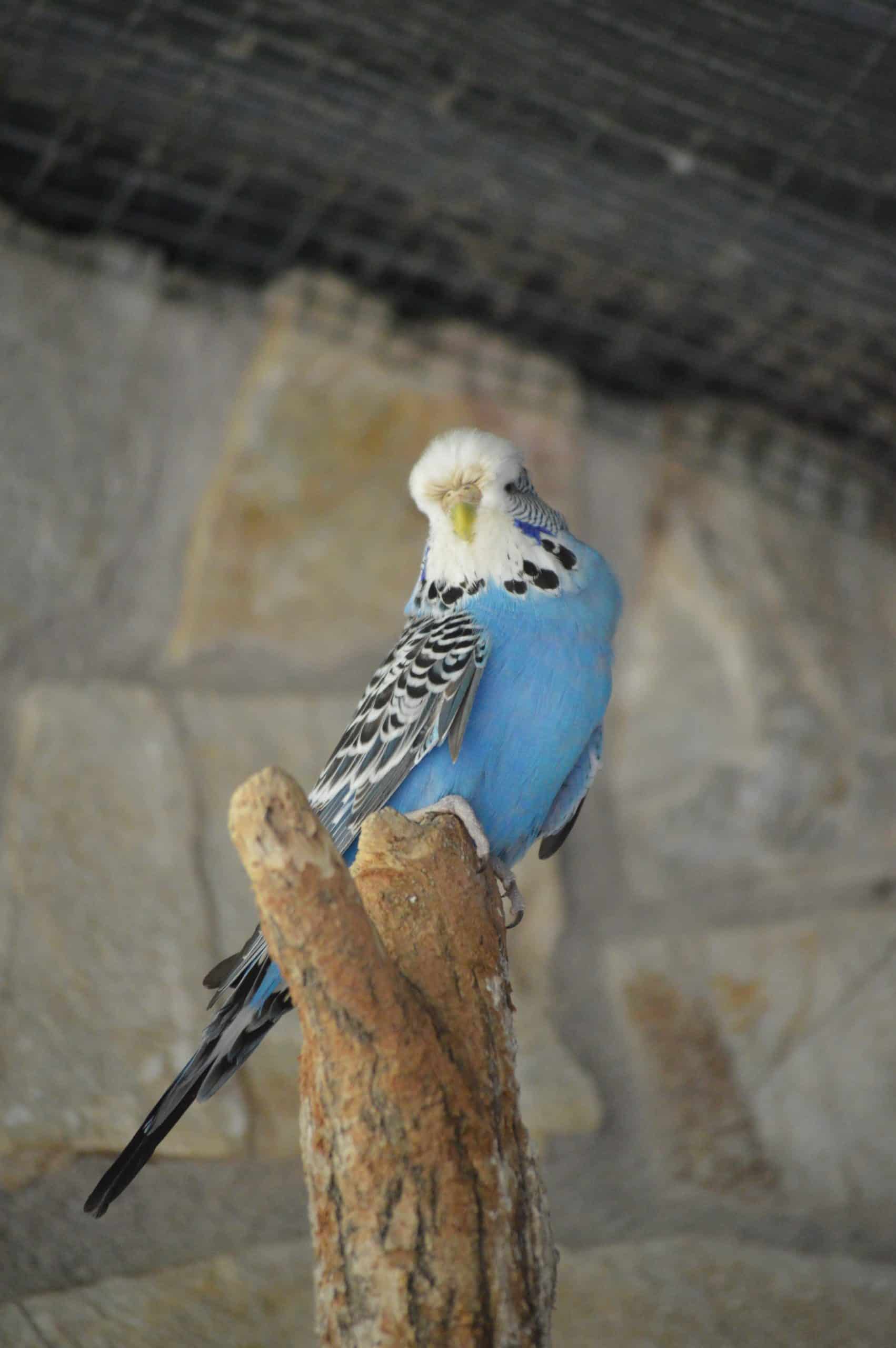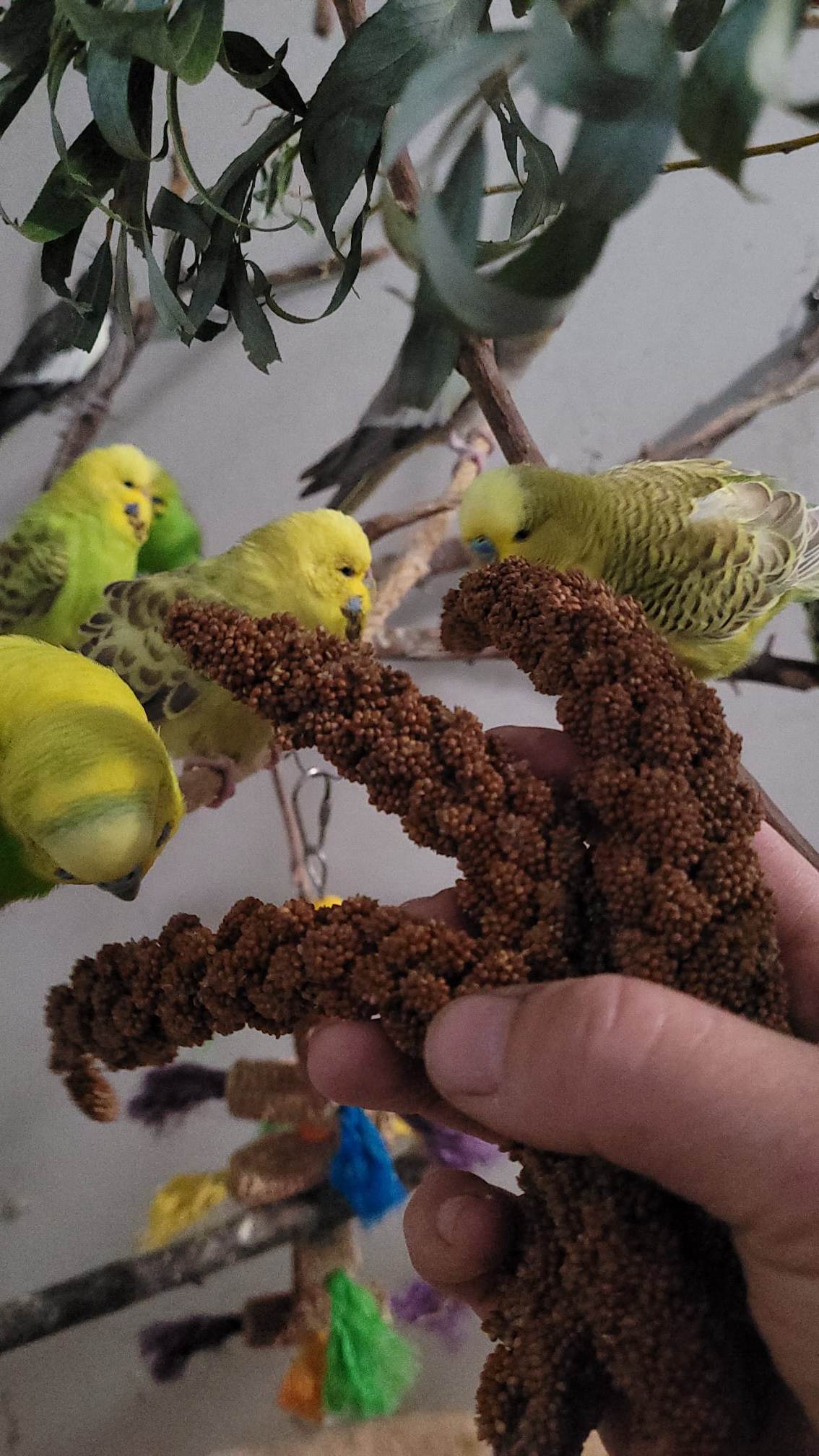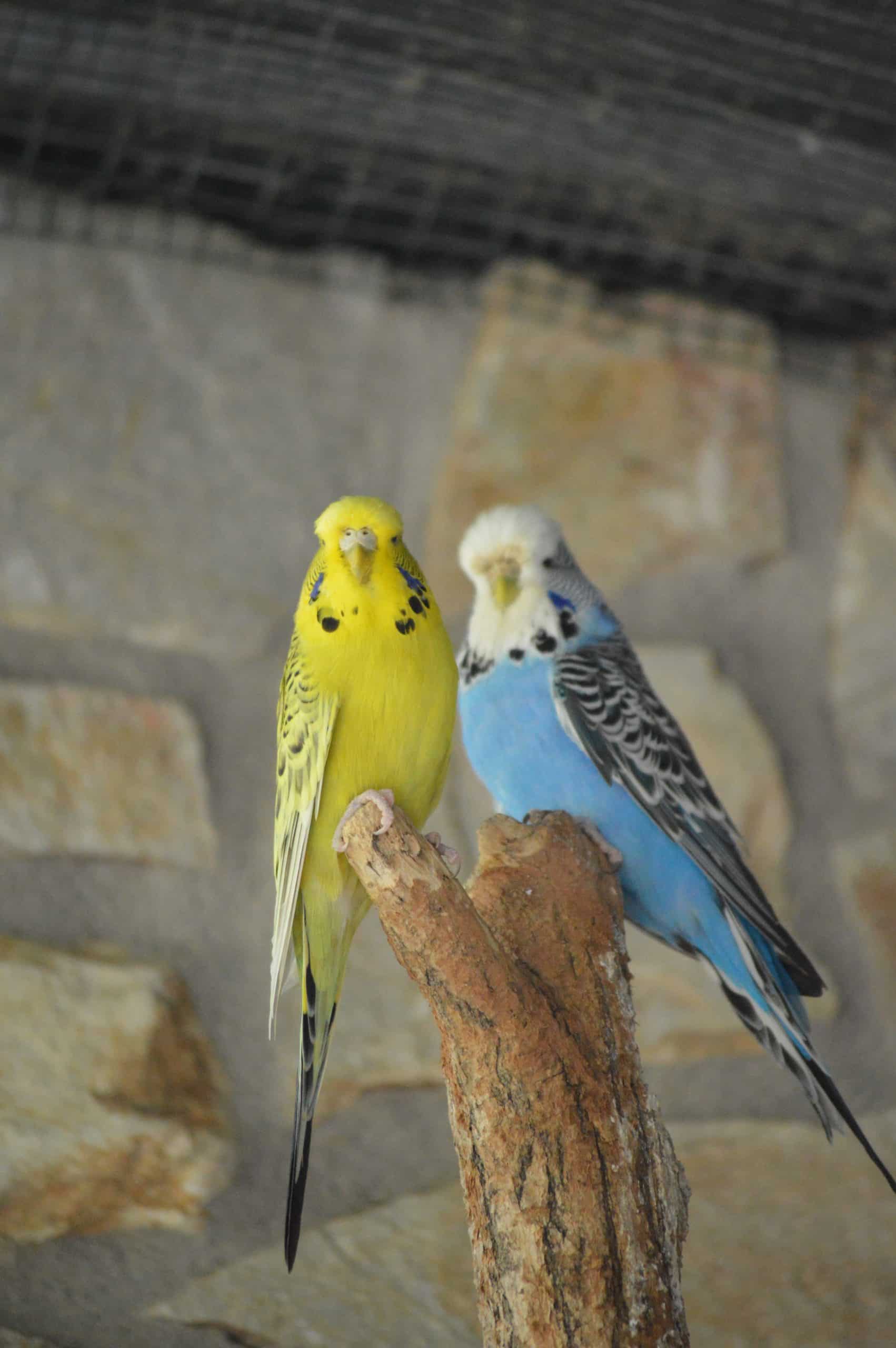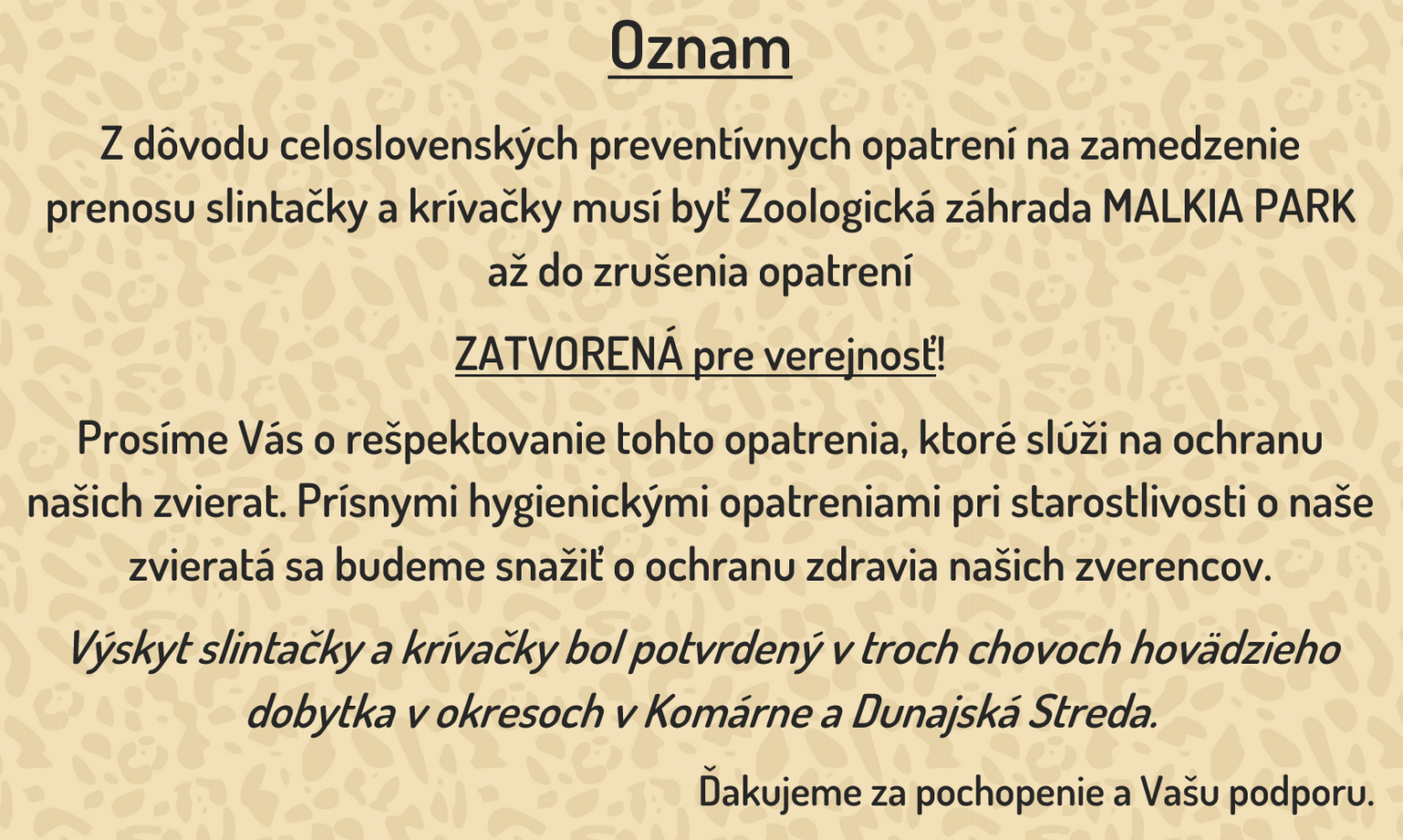- Malkia parkMalkia Park
Let's be more humane to animals!
About usFind out more why and how we help animals
Our trusteesWe care for more than 250 rescued animals
Opening HoursThe zoo is open almost throughout the year
ZOO GalleryTake a look at what it looks like here and what beautiful creatures we have here
Animal lexiconFind out more about our trustees
Commented feedingEvery week we prepare a great program for you
SnacksWe won't let you down, we have a great offer
Children's worldWe think of everything and even the little ones!
Support yours Darlings!
- For schools
